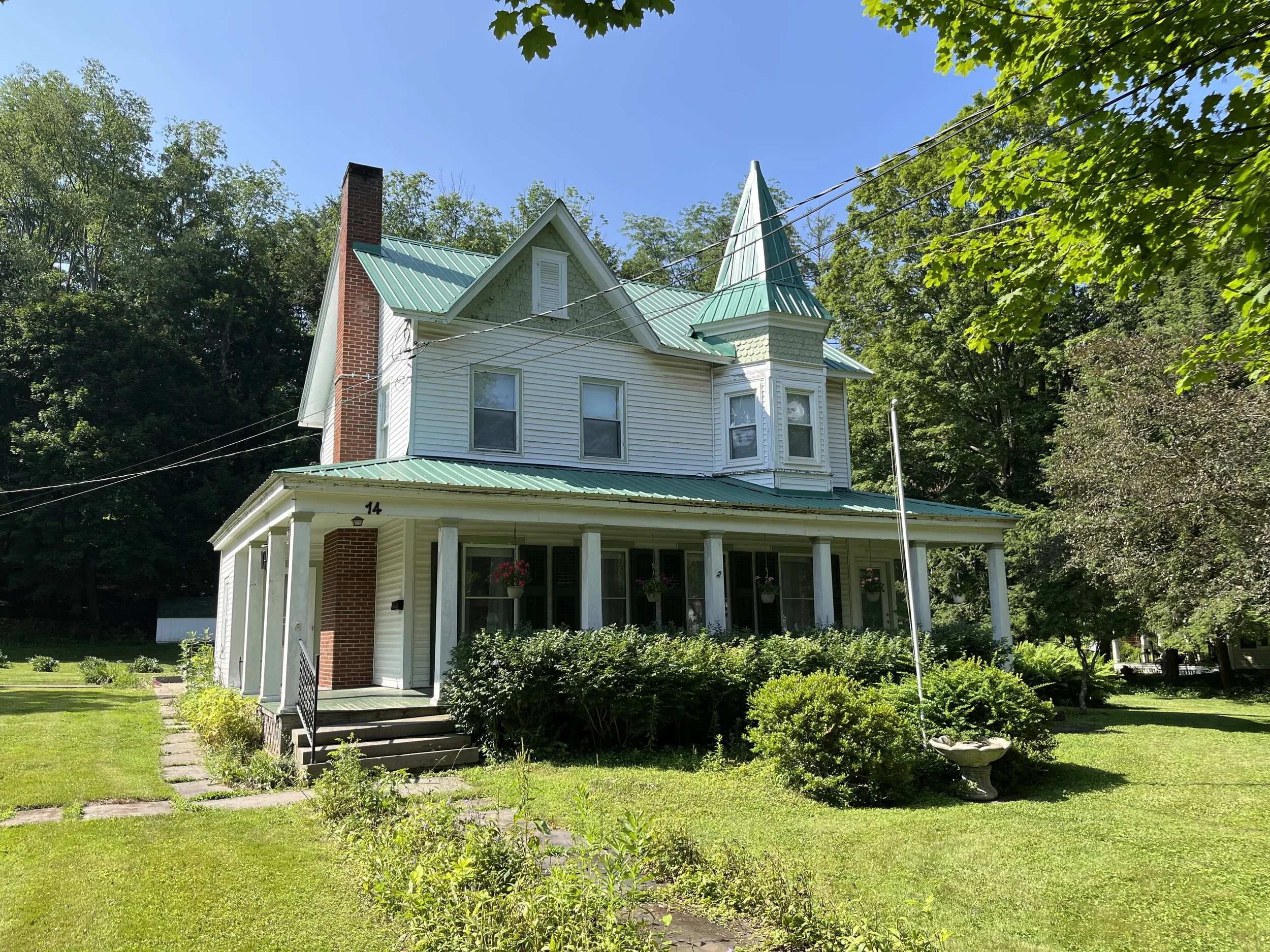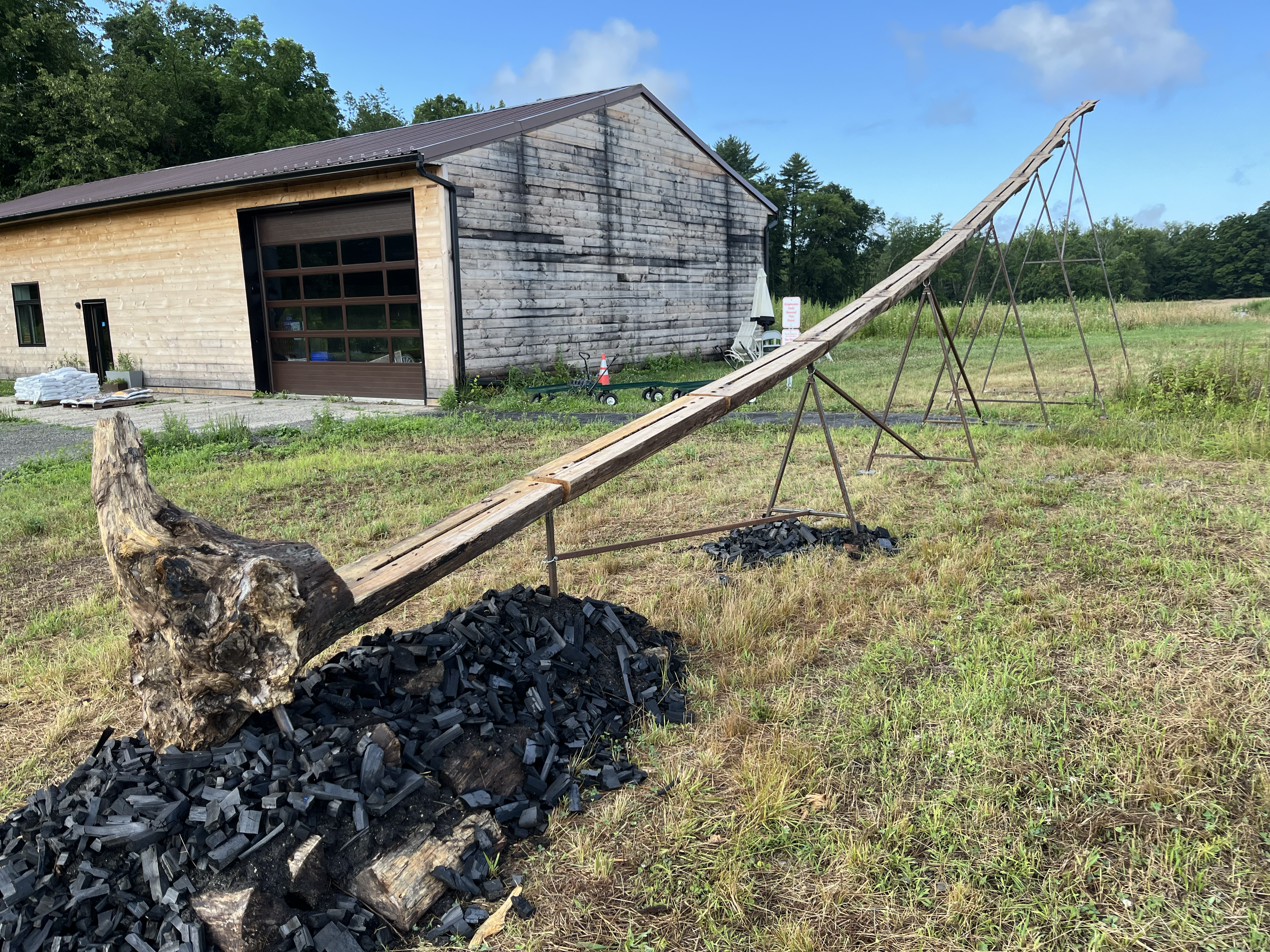Our residency at Woodstock Artists Association & Museum transforms the YES Gallery into a research center and design studio. We will use the space to develop a public artwork proposal for the new Woodstock Library.
Join us on Thursday, October 2 from 2-5 PM for our final day in residence.
WAAM is at 28 Tinker St, Woodstock, NY.
Click here to follow the work as it unfolds!
Artists-in-Residence at Birdy’s House in Delhi, NY
We spent 10 days in Delhi across July and August.
During our residency at Birdy’s House we visited a research site for lingering ash trees, began a collaboration with the Skene Memorial Library, visited John Burroughs’ Woodchuck Lodge in Roxbury, and familiarized ourselves with the landscape and forests of Delaware County.
Read more about our residency here.
Processing Collapse presents Lodged and initiates fundraiser at Hudson Valley Seed Company
Visit the sculpture at 11 Airport Rd, Accord, NY.
Spoons, pallets, and other handcrafted ashwood sculptural objects for sale in the HVSC store. Proceeds support our projects in public libraries.









